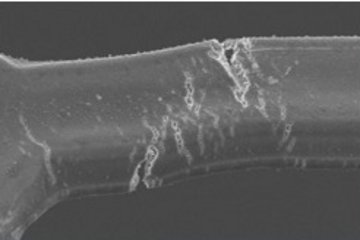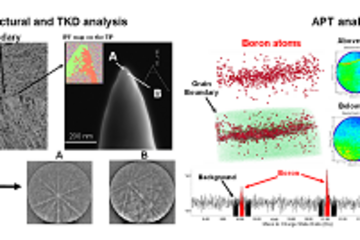All genres
1.
Journal Article
Cyclodextrin inhibits zinc corrosion by destabilizing point defect formation in the oxide layer. Beilstein Journal of Nanotechnology 9, pp. 936 - 944 (2018)
2.
Journal Article
Effect of hydrogen carbonate and chloride on zinc corrosion investigated by a scanning flow cell system. Electrochimica Acta 159, pp. 198 - 209 (2015)
3.
Journal Article
Numerical Simulation of an Electrochemical Flow Cell with V-Shape Channel Geometry. Journal of the Electrochemical Society 162 (12), pp. H860 - H866 (2015)
4.
Journal Article
The pH dependence of magnesium dissolution and hydrogen evolution during anodic polarization. Journal of the Electrochemical Society 162 (7), pp. C333 - C339 (2015)
5.
Journal Article
Coupling of a high throughput microelectrochemical cell with online multielemental trace analysis by ICP-MS. Electrochemistry Communications 13 (12), pp. 1533 - 1535 (2011)
6.
Conference Paper
Die Kopplung von Elektrochemie mit zeitaufgelöster Elementanalytik am Beispiel der chemischen und elektrochemischen Oberflächentexturierung von ZnO-Dünnschichten. In: Tagungsband zur Jahrestagung der Gesellschaft für Korrosionsschutz e.V. 2013, pp. 118 - 128. Jahrestagung der Gesellschaft für Korrosionsschutz e.V. , Frankfurt am Main, Germany, November 12, 2013 - November 13, 2013. (2013)
7.
Talk
Elektrochemie mit Online-Spurenanalytik mittels ICP-MS. 26. Spektrometertagung, Friedrichshafen, Germany (2013)
8.
Thesis - PhD
Development of a Scanning Flow Cell system with Dynamic Electrolyte Change for Fully Automated Parameter Screening. Dissertation, Ruhr-Universität Bochum, Bochum, Germany (2015)











